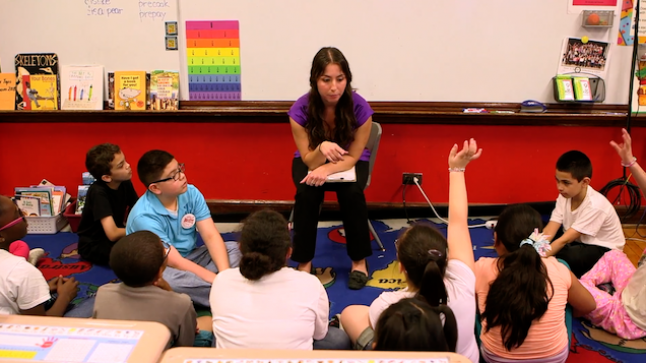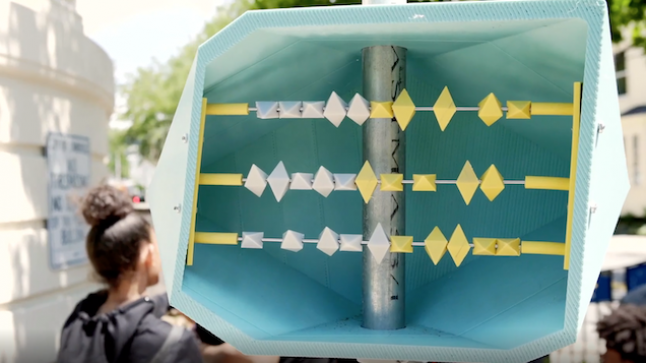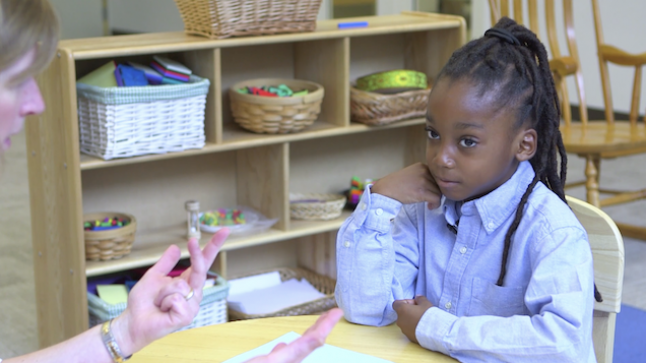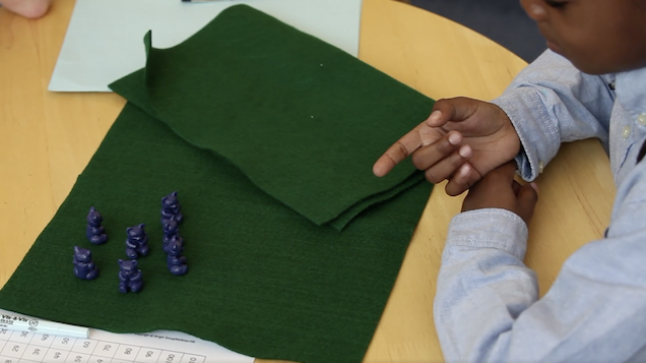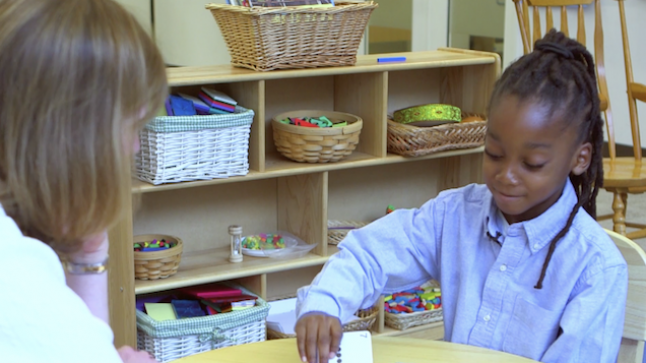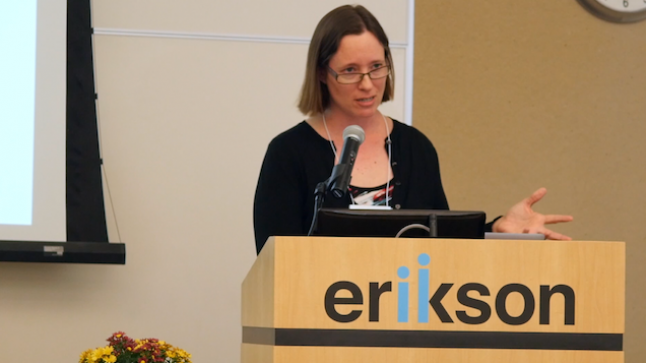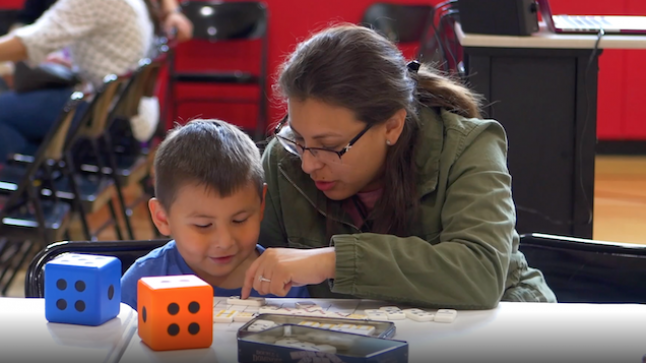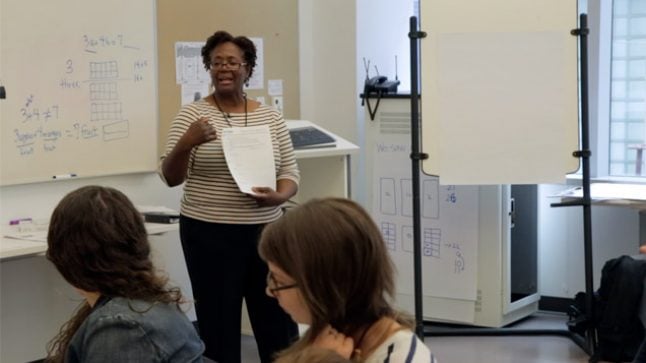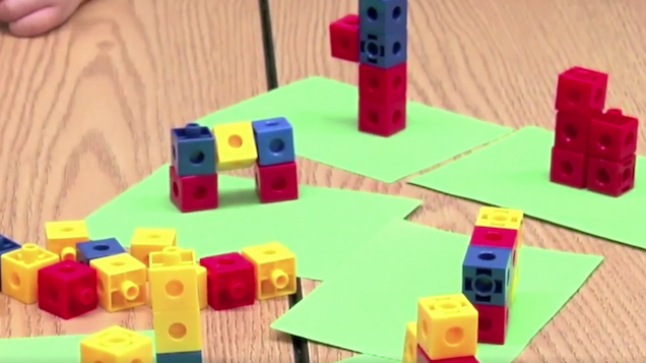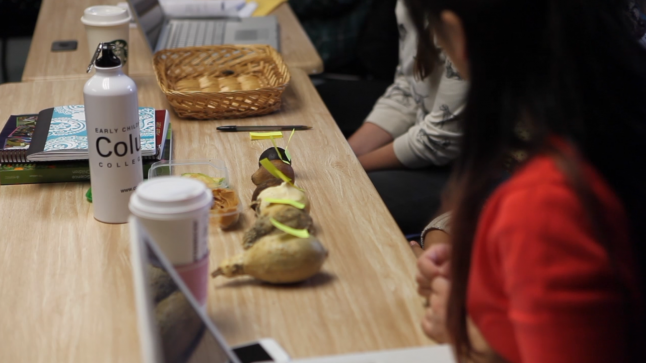Content Format: Video
Math-related resources and free stuff for teachers.
Series: Focus on the Lesson
Launch Problem Solving with Understanding Using Three Reads
January 28, 2020
In this lesson launch, we see a third-grade teacher using reading comprehension strategies to help children understand a math story problem using a Three Reads strategy.
- Topic: Number Operations
- Age/Grade Level: Kindergarten, 1st Grade, 2nd Grade, 3rd Grade
Series: Hear from the Experts January 21, 2020
Co-Design Process for Math in the Neighborhood with Omo Moses
Omo Moses, founder of MathTalk, and his colleague, Keith Griffin discuss how they connected over basketball and went on to find local, culturally-relevant ways to engage families in math learning in their own neighborhood.
- Age/Grade Level: Adult Learners, Pre-K, Kindergarten, 1st Grade, 2nd Grade, 3rd Grade
- Tags Family Math, Promising Math
Series: Focus on the Child December 5, 2019
Egg Carton Story with Child 15
The math story this second grader solves is a change unknown story. There was a full carton of a dozen eggs but some were eaten, leaving only 3 eggs. After making sense of the problem,…
- Topic: Number Operations
- Age/Grade Level: 1st Grade, 2nd Grade, 3rd Grade
- Tags Child 15
Series: Focus on the Child December 4, 2019
Teddy Bear Picnic Math Stories with Child 15
A second-grade student solves a variety of addition and subtraction math stories. Using his fingers as math tools, he is able to solve the stories, even as what is known or unknown shifts.
- Topic: Number Operations
- Age/Grade Level: 1st Grade, 2nd Grade, 3rd Grade
- Tags Child 15
Series: Focus on the Child December 3, 2019
Capture It with Child 15
A second-grader works on basic number combinations as we see him playing a comparison card game, Capture It. He is accurate when comparing sums but is still developing his efficiency and flexibility, key indications of…
- Topic: Number Operations
- Age/Grade Level: 1st Grade, 2nd Grade, 3rd Grade
- Tags Child 15
Series: Hear from the Experts October 21, 2019
Cardinality is Critical Preschool Concept with Barbara Sarnecka
After years of studying 3- and 4-year old children of diverse linguistic and cultural backgrounds, Barbara Sarnecka has zeroed in on the importance of cardinality.
- Topic: Counting
- Age/Grade Level: Adult Learners
- Tags Subitizing, Cardinality, Promising Math
Series: Focus on Collaboration June 19, 2019
School Event Engages Families in Early Math Learning
Families play a fundamental role in shaping children's interest and skills in math. Schools can help connect the math that exists both in and out of school and nurture families' positive relationship to math.
- Age/Grade Level: Infants, Toddlers, Pre-K, Kindergarten, 1st Grade, 2nd Grade, 3rd Grade
- Tags Games, Family Math
Series: Adult Learning May 30, 2019
Video Analysis of Children’s Mathematical Thinking
Looking at a video from our Focus on the Child series, Collaborative member Donna Johnson leads a discussion about the mathematical thinking of a child during a comparison task. This is an example of how…
- Topic: Number Sense
- Age/Grade Level: Adult Learners, Pre-K, Kindergarten
- Tags video analysis
Series: Adult Learning May 29, 2019
Video Analysis of Preschool Number Sense Activity
Collaborative member Donna Johnson leads teachers in a discussion about an activity designed to build number sense in a video from our Focus on the Lesson series. This is an example of how we use…
- Topic: Number Sense
- Age/Grade Level: Adult Learners, Pre-K, Kindergarten
- Tags video analysis
Series: Adult Learning February 27, 2019
Ordering Similar Objects by Measurable Attributes
Early childhood teacher candidates engage in an adult learning activity that has them order and reorder objects by size according to different attributes.
- Topic: Measurement
- Age/Grade Level: Adult Learners, Pre-K, Kindergarten
